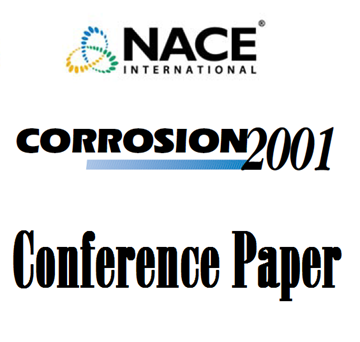Search
01244 STUDY OF MICROBIAL CONSORTIA ASSOCIATED TO CORROSION IN SEAWATER INJECTION SYSTEMS
Also Purchased
01010 CORROSION MONITORING AND CONTROL OF SEAWATER INJECTION SYSTEMS USING AN EXPERT SYSTEM APPROACH
Product Number:
51300-01010-SG
ISBN:
01010 2001 CP
Publication Date:
2001
$20.00
01246 Study of Internal MIC in Pipelines of Sour Gas, Mixed with Formation Waters
Product Number:
51300-01246-SG
ISBN:
01246 2001 CP
$20.00
NACE SP0499-2012 "Corrosion Control and Monitoring in Seawater Injection Systems"
Product Number:
21237-SG
Publication Date:
2012
$179.00




